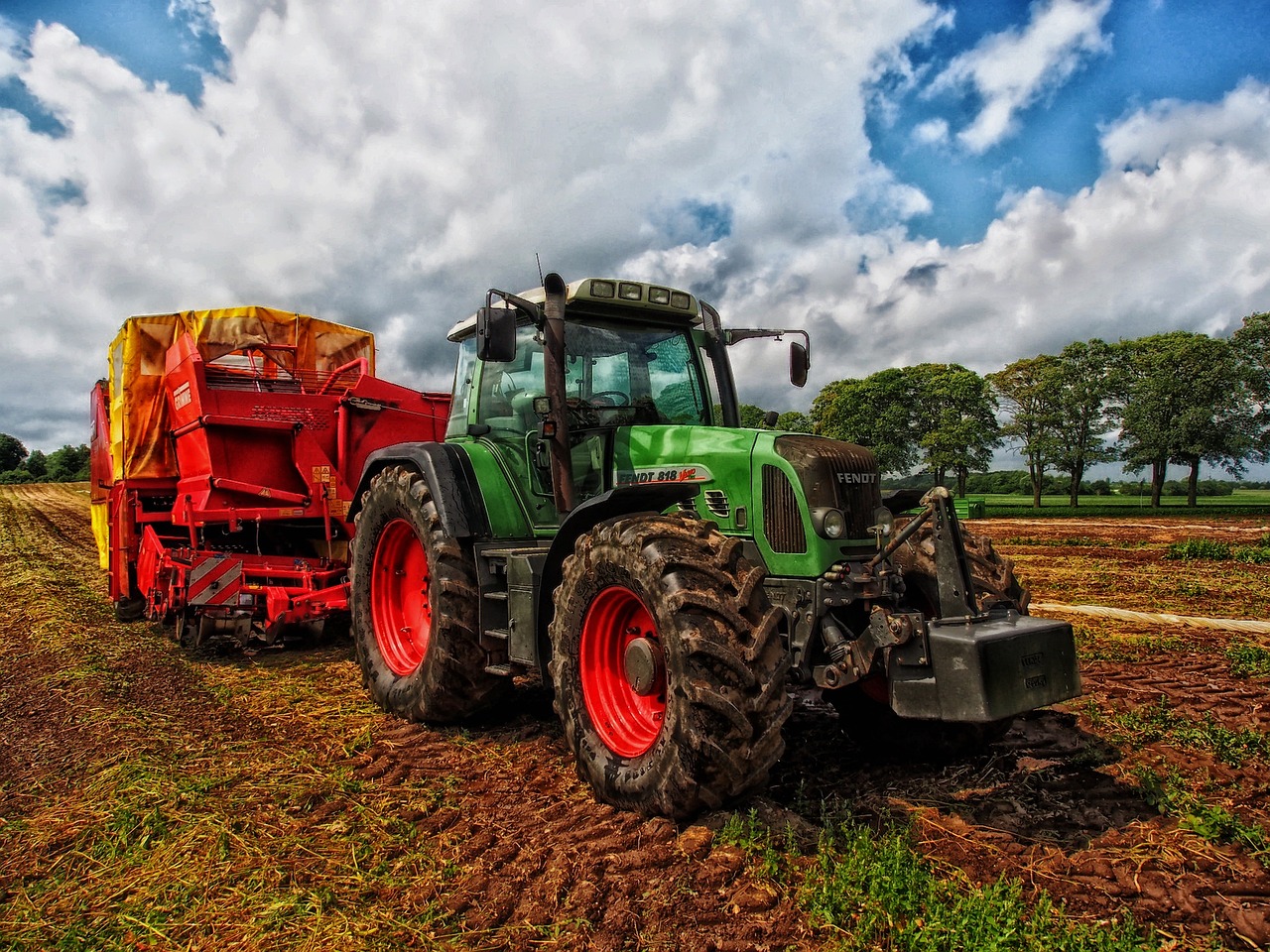Things to Check while Buying a Tractor

A tractor is a privilege for marginal farmers who need it for varying farming purposes like landscaping, tilling and ploughing. Tractors are workable in both small and large farms. This is why it is one of India’s most-sold farming machinery. Tractors can be intimidating for farmers as they consider them complicated machines. An average Indian farmer is not highly educated. Due to this, they can end up buying a tractor or mini tractor that is unsuitable for their farm. A tractor is a lifeline for farmers; thus, it must suit their needs and budget. If you are seeking an ideal tractor, consider the following checklist.
- Engine: An engine is the heart of any machine. It provides energy to the tractor so that it performs multiple farming activities. Horsepower measures the strength of a tractor’s engine. Always keep in mind that higher horsepower translates to more power. If your farming tasks are intense or the soil is hard, you need a tractor with high HP. These tractors are reliable and durable, with a massive load-carrying capacity. It can handle different operations that range from basic agricultural tasks to complex farming activities. Powerful tractors will manage critical challenges and will not compromise on the output.
- Transmission: It can make a huge difference in how a tractor performs. A tractor with hydrostatic transmissions is moved with foot pedals. The operator needs to push the foot pedal to increase speed. Due to this, such vehicles are easy to handle and drive. In contrast, manual gear-driven transmissions demand the driver to shift gears physically to change speed. For example, synchro-shift transmissions use a control stick for movement. A constant speed can be easily maintained on such kind of transmission. Nevertheless, these tractors are not easy to handle compared to ones with foot pedals.
- Hydraulics: There are different ways to use hydraulic power. Turning becomes easier via hydraulics and is also utilized for lifting implements and attachments. It also powers implements like front-end and backhoes loaders. If you desire smooth working, you need a tractor with good hydraulics. In addition, braking and steering systems make use of tractors.
- Power take-off Shaft: At the rear, PTO is attached to the tractor. The mechanical power of the engine is transferred to different equipment as it does not have a dedicated motor or engine. It is highly useful for farmers who want to perform different farming tasks through their tractors. PTO shaft gives power to implements or attachments like hay balers and mowers.
- Farm size: Farm size is among the most critical factors to consider while buying a tractor. A large farm would demand a more powerful tractor. You must purchase a tractor that can effortlessly manage varying agricultural tasks. It will determine how much horsepower your tractor should be. As a thumb of rule, you must avoid a tractor below 25 HP as it will not be able to do heavy operations. Farmers who need to only deal with basic mowing tasks must choose a tractor with 25-30 HP.
- Tires: Tractors must have heavy traction, which is generally provided by their tires. Greater traction means your tractor can work in various soil conditions. The traditional way is to fill the tires with air. However, they are now being filled with heavy fluids like windshield washer fluid or automotive antifreeze fluid. Due to these fluids, the weight of tires increases, which results in higher traction.
- Hitches: If you wish to use any equipment with your tractor, it needs to have a minimum of one attachment hitch. The three-point hitch is amongst the most common and popular hitch. It has a hydraulic lift to lower and raise attached equipment. There are specialized hitches regarding attachments like forklifts and front-end loaders.
- Interior & Exterior: The tractor’s body or physical structure is also a crucial consideration for farmers. The structure must be heavy and tough so that it does not get damaged easily and quickly. There must not be any flex in the body as a tractor has to withstand rubble, debris, dirt and rocks regularly. You need to pay particular attention to elements like the tractor body, tire condition, indicator, headlights, cabin, rims and seat. When it comes to the interior, have a good look at battery health, clutch position and condition, steering lock and engine leakage. The material must be of good quality, and all switches must be long-lasting, reliable and efficient. Indian farmers are now considering even AC tractors to tackle the hot and humid climate.
- Safety & Comfort: Gone are the days when tractors used to be unsafe and uncomfortable vehicles. Nowadays, farmers are highly concerned about the safety and convenience of a tractor. For example, fenders and pedals must be suitably placed apart. Roll Overprotective Structure or ROPS protects the driver from being crushed under the vehicle if it topples unintentionally. Other safety measures in a tractor include Slow Moving Vehicle Emblems (SMVE), hydraulic brake system, sensors, seatbelts and mudguards. When it comes to comfort, a farmer must be able to use a tractor throughout the day without feeling tired. Some key features include an automatic gearbox, CVT transmission, 4WD, turbocharger, hydraulic clutch and brakes.
- Budget: There is no doubt that budget is a huge concern for an Indian farmer. Most of our farmers are not so financially strong that they can buy a tractor directly. They depend on credit or loans to finance the vehicle or use the tractor through sharing programs. If you want a new tractor, brainstorm about your budget. It will provide a suitable price range to look for in a tractor. This way, you will not waste time on models that are out of your budget. You do not have to spend more than what is required on your tractor as there are various other expenses to be handled for farming. If you choose a tractor that is out of your budget but fulfils all your needs, you can go for a used tractor.
Was this article helpful?
YesNo

